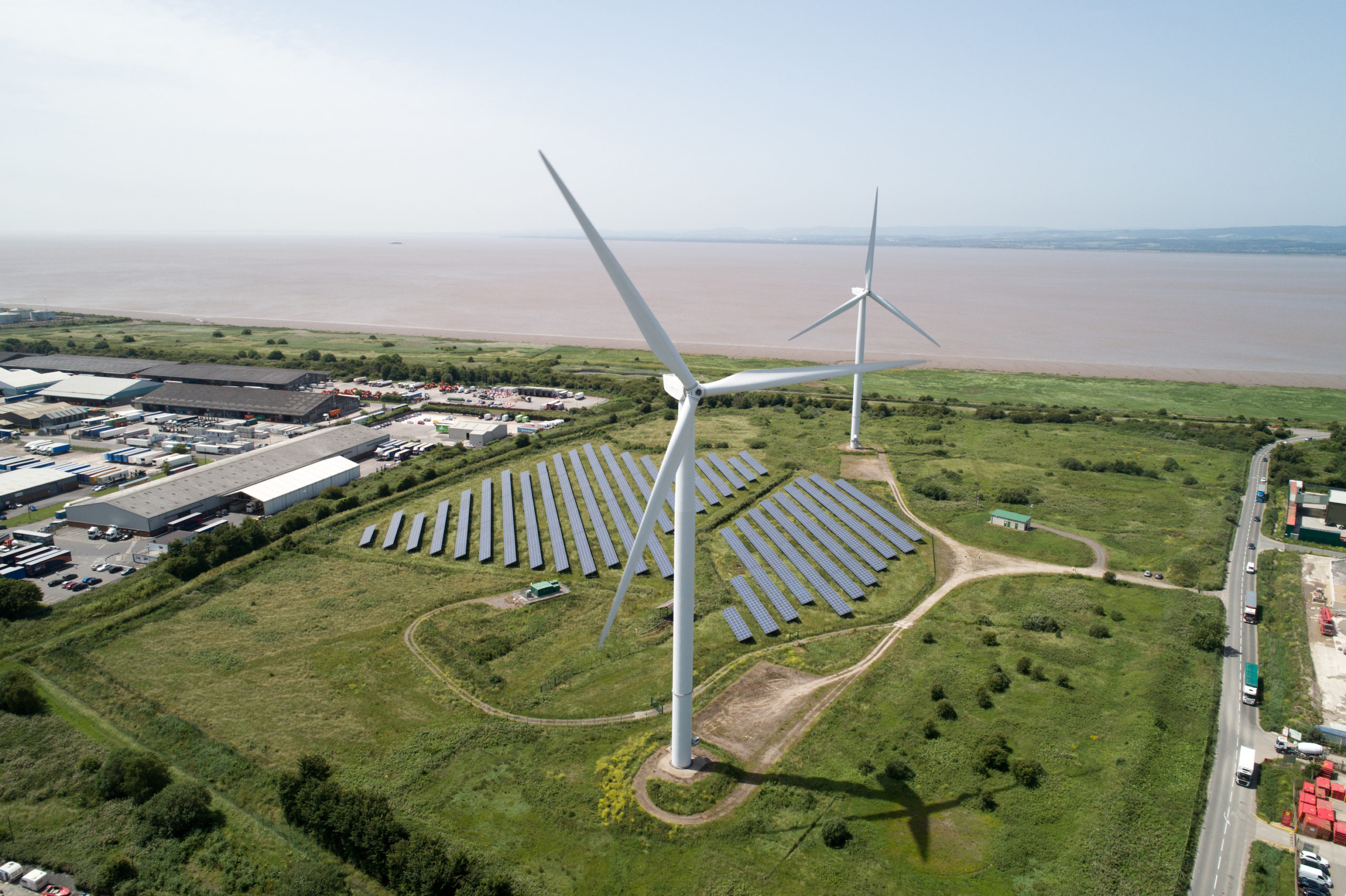Easing barriers to new onshore wind and solar power could see England alone producing 13 times more low carbon electricity than at present on under-exploited land, new research commissioned by Friends of the Earth has found.
The green charity’s research, assisted by Exeter University’s academics, further strengthens developers’ complaints at continuing government foot-dragging over new turbines in England’s Conservative-voting shires.
Despite supposedly reversing two years ago David Cameron’s 2015 ban on new turbines in the home nation, Rishi Sunak’s government continues to shun a reform in planning regulations, which continue to presume against new wind developments.
The FoE study identifies nearly 220,000 hectares of English land considered most suitable for onshore turbines, as well as 300,000 hectares favouring new solar farms. The total equates to only 3% of England’s gross land surface.
Some sites could combine both methods, while still conserving both visual amenity and biodiversity, say researchers.
The study’s interactive map shows the sites at local authority level. North Yorkshire, the county’s East Riding and Lincolnshire emerge as areas of greatest untapped potential.
Omitted from the FoE/Exeter study are England’s higher grade agricultural land, its national parks, areas of outstanding natural beauty (AONBs) and heritage sites. Yet the researchers still find enough viable land to generate 130,000GWh of solar power every year, and 96,000GWh from onshore turbines.
That combined 226,000GW potential every year across both technologies vastly outstrips England’s present land-based output. It currently stands at around 17,000 GWh from already built PV farms and turbines.
With commercial roofs and existing housing stock also excluded as generating sites, FoE stress that not all the land identified would be needed to meet de-carb targets.
The National Grid’s latest Future Energy Scenarios suggest Britain must double in only six years our renewable electricity yield. Low carbon power is needed in vastly increased amounts to meet targets on switching to homes and businesses to clean heating, and powering EVs. Adding to the imperative is the government’s treaty-backed commitment to cut carbon emissions by 68% further this decade.
Meeting consumption solely from Britain’s homes, today’s research finds that if all the land identified were developed for onshore solar or wind, in theory 2.5 times more electricity than currently required.
FoE’s climate campaigner Tony Bosworth argued: “Unleashing the UK’s immense potential to generate cheap, clean homegrown renewables is essential to bring down our energy bills for good and meeting the UK’s vital international target to reduce carbon emissions by two thirds by 2030.
“But the current government’s track record on boosting our energy security through renewables is woefully inadequate. It has left the UK lagging far behind in the global race to a zero-carbon economy. Meanwhile, Labour is looking increasingly shaky on climate after rolling back its planned investment in green growth.
Trade association SolarEnergyUK endorsed FoE’s research. Gemma Grimes, its director of policy and delivery, said: “Friends of the Earth’s welcome report is a good illustration of the wide suitability of land for solar development.
“If we assume that the same ratio of ground-mounted to roof-mounted developments that we see today continues – roughly 2:1 in terms of capacity –“, Grimes added, ”we would need about 35GW of new solar farms to reach the Government’s goal of reaching 70GW by 2035.
“That would mean that deployment would extend to a fraction of the area marked out in the study, while still offering lower bills, a more secure energy supply and benefits for wildlife.”




